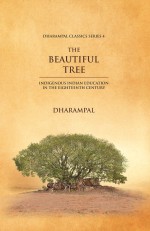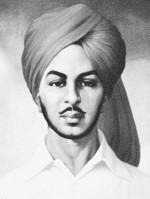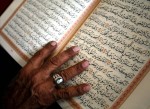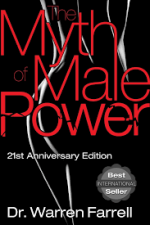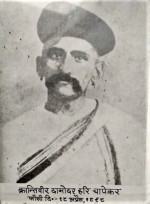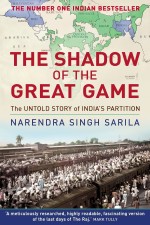Items starting with T
The Beautiful Tree: Indigenous Indian Education in the Eighteenth Century
Dharampal firmly subscribes to the notion that, owing to the British rule, individualism of the indigenous has completely disappeared. His perception as to this is kindled by Gandhi‟s Chatham House speech in 1931. He refers to the decay of indigenous Indian education thus:
The Execution of Bhagat Singh
Bhagat Singh was an Indian nationalist considered to be one of the most influential revolutionaries of the Indian independence movement. His reputation has outshone all participants in the struggle up to and almost including Mahatma Gandhi. Upon first hearing it, this seems incredible.
The Holy Quran
The Myth of Male Power
The Revolutionaries - Chapekar Brothers
The Chapekar brothers, Damodar Hari Chapekar (1870–1898), Balkrishna Hari Chapekar (1873–1899, also called Bapurao) and Vasudeo Hari Chapekar (1879–1899, were Indian revolutionaries involved in the assassination of W. C. Rand, the British plague commissioner of Pune.
